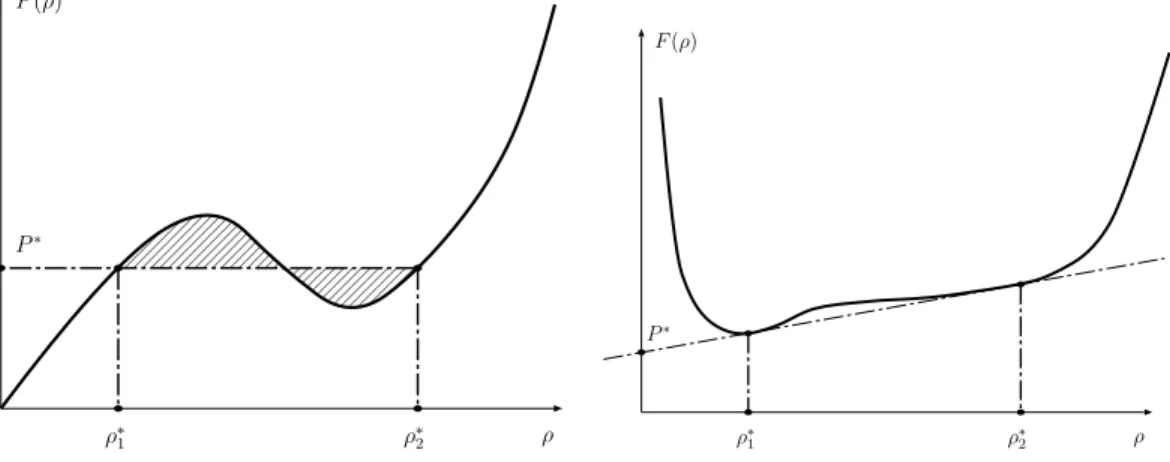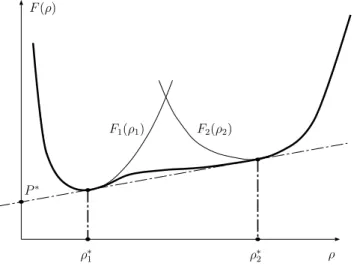A Simple Finite-Volume Method for Compressible Isothermal Two-Phase Flows Simulation
Texte intégral
Figure




Documents relatifs
We show now that the two-fluid model degenerates into the classical water- wave equations in the limit of an interface separating two pure fluids.. Consider the case where α is either
This study focuses on the development of a pressure based method able to capture compressibility effects and phase change in turbulent two-phase flow DNS, using the Coupled
Since the test case considered here is symmetric with respect to the axis r = 0, system (48) is written in axi-symmetric formulation. The overall scheme is based on a fractional
Two-phase flows, Multifield approach, Two-fluid model, Large interfaces, Large Eddy Simulation, Phase
For each of these two cases, validations of the TPZG approach are based on comparisons between a simulation using a coarse global mesh coupled with a refined zonal domain and
Regarding the CTL model (S ), the slow dynamics of the stratified regime is driven by the hydrostatic gradient found in the momentum conservation equation for the water phase while
But in fact, our results can be compared to the Multifluid approach with a first order scheme and no velocity dispersion, as this method captures naturally the effects that are
We consider a turbulent flow past periodic hills at Reynolds number 1400 and compare two numerical methods: A Fourier pseudo–spectral scheme with volume penalization to model





